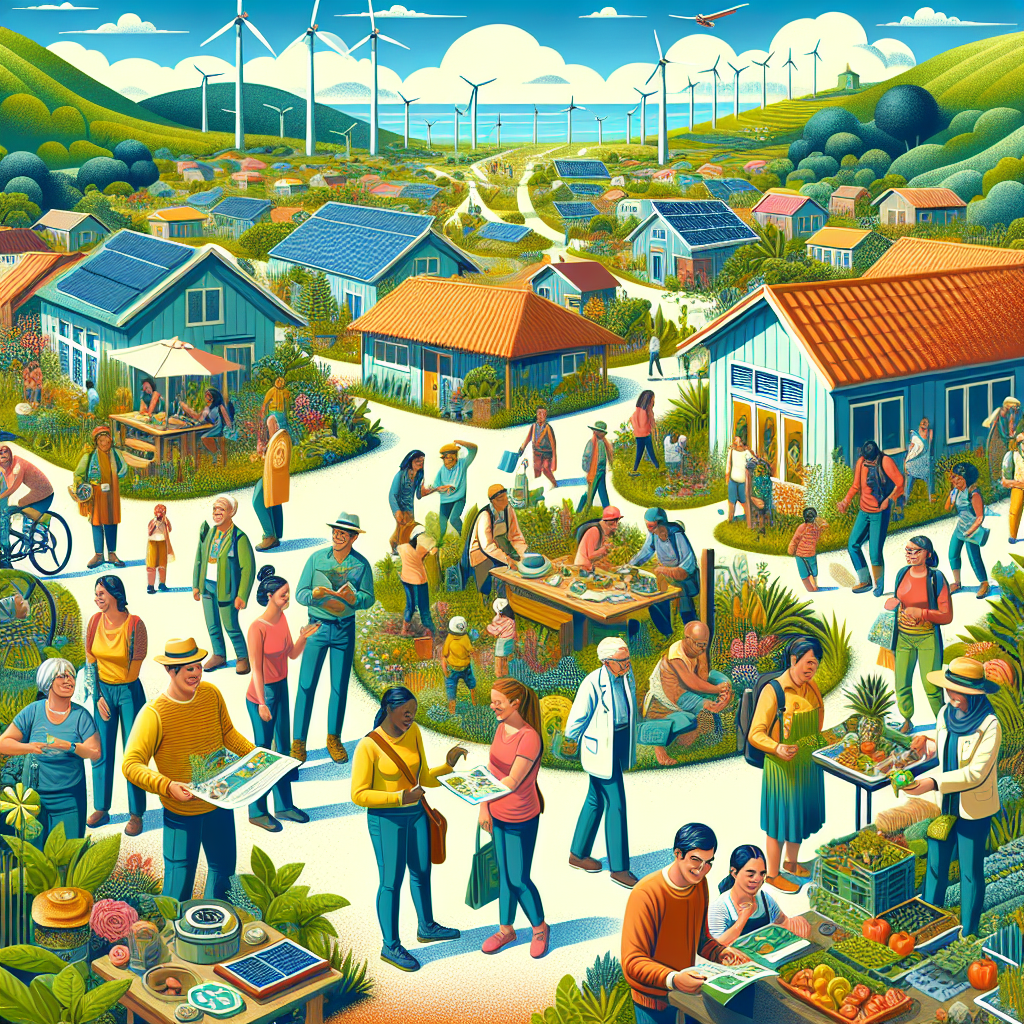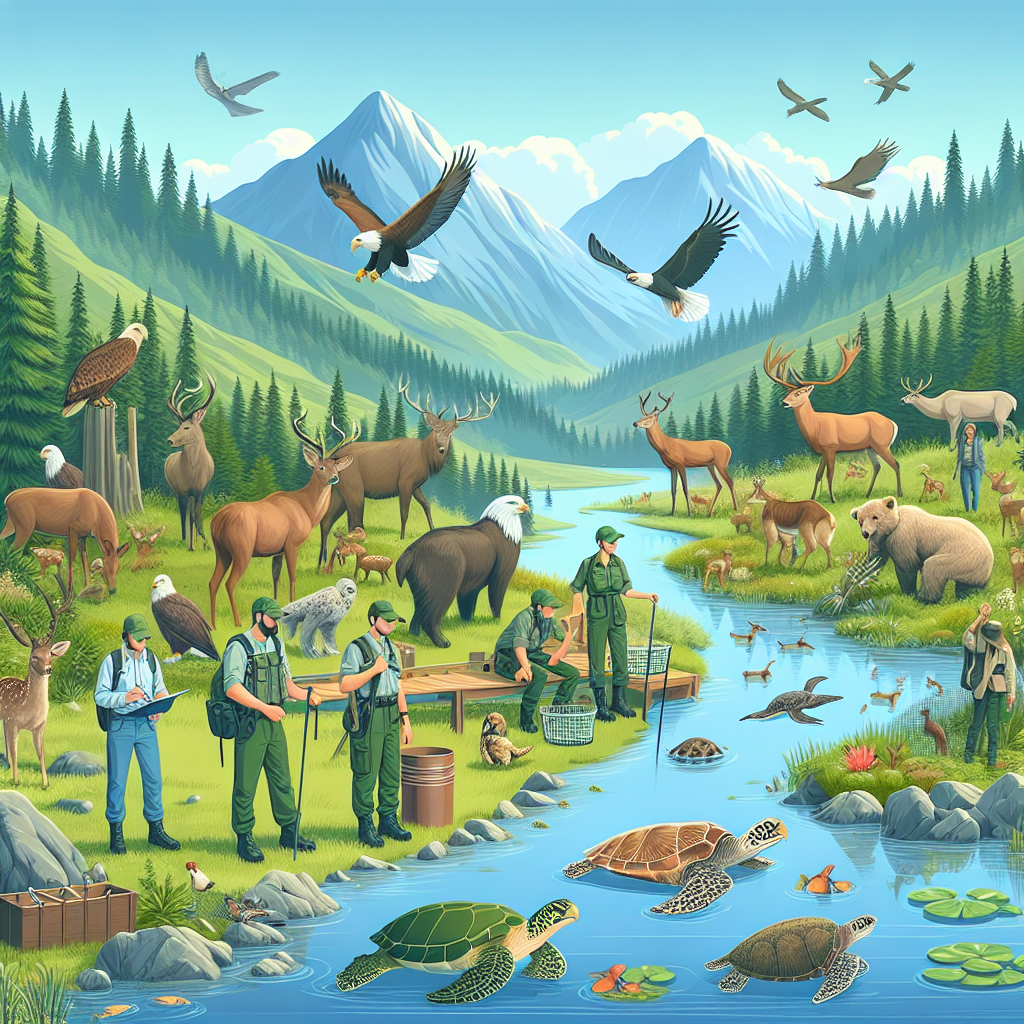What if the solution to revitalizing our planet’s threatened wildlife does not merely lie within science or policy, but in an entirely new model for interacting with nature? The recent success of a unique wildlife conservation strategy has rewritten the playbook, forcing us to reassess our role as humans in biodiversity.
Policy Overview
The policy at hand involved local communities integrating their livelihoods with conservation efforts. Rather than creating boundaries between people and nature, it blurred them – fostering shared responsibilities and mutual benefits.
Historical Context
This approach was a departure from conventional policies that focused on severe restrictions and penalties. Such strategies often fueled resentment among local populations whose lives were intricately tied to these ecosystems, leading to poor compliance.

Stakeholder Perspectives
The stakeholders range from local communities who found a sustainable source of income while preserving their natural heritage, to governments who saw improved ecological indices without compromising social welfare. Conservationists acclaimed this model given its effectiveness and scalability.
Economic Impact
The approach spurred eco-tourism industries, generated green jobs, and created downstream businesses like organic farming and artisanal crafts – connecting rural economies to global supply chains whilst promoting sustainability.
Social Consequences
The positive ripple effects are palpable: reduced conflicts over resources; enriched community relations through cooperative action; strengthening traditional knowledge systems; increased self-esteem among indigenous peoples due to international recognition for their stewardship roles.
Implementation Challenges
Despite success, issues persist. Ascertaining fair benefit-sharing mechanisms is complex. Ensuring conservation does not inadvertently lead to commercial exploitation or marginalize vulnerable communities requires vigilant governance.
Success Metrics
The measures of success extend beyond rebounding wildlife populations; it encapsulates enhanced land stewardship, socio-economic upliftment and cultural preservation among local communities.
Alternative Approaches
While restrictive conservation policies have their merits, the demonstrated success of this inclusive approach contests the notion that human presence in biodiversity-rich areas always spells doom for wildlife.
Future Projections
If scaled and implemented mindfully, this model could redefine how we address diverse social challenges such as poverty alleviation, gender equality and climate change – all under the umbrella of wildlife conservation.
Recommendations
We need more research and dialogue on subdividing resources equitably without compromising ecological goals. Governments must integrate such policies into their national development plans recognizing its transformative potential. Ultimately, we all are stakeholders in this endeavor – through our roles as voters, consumers or educators.

